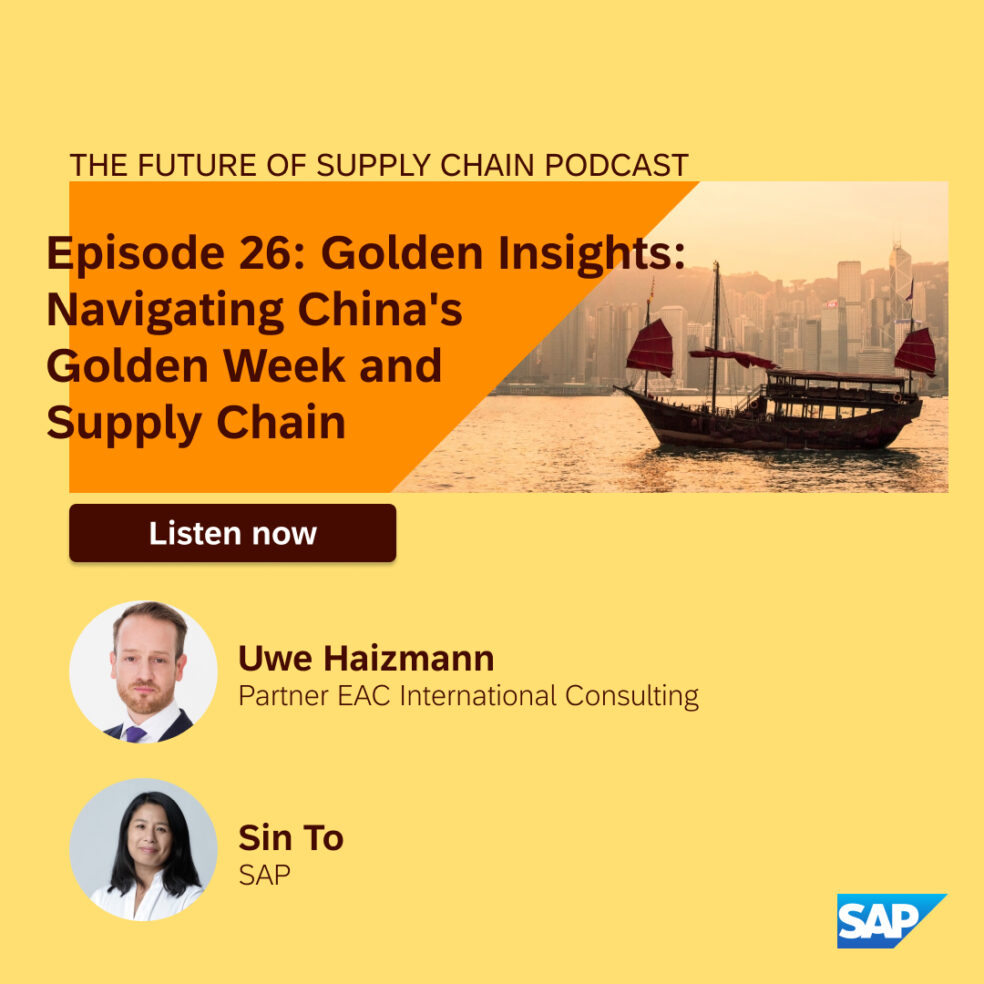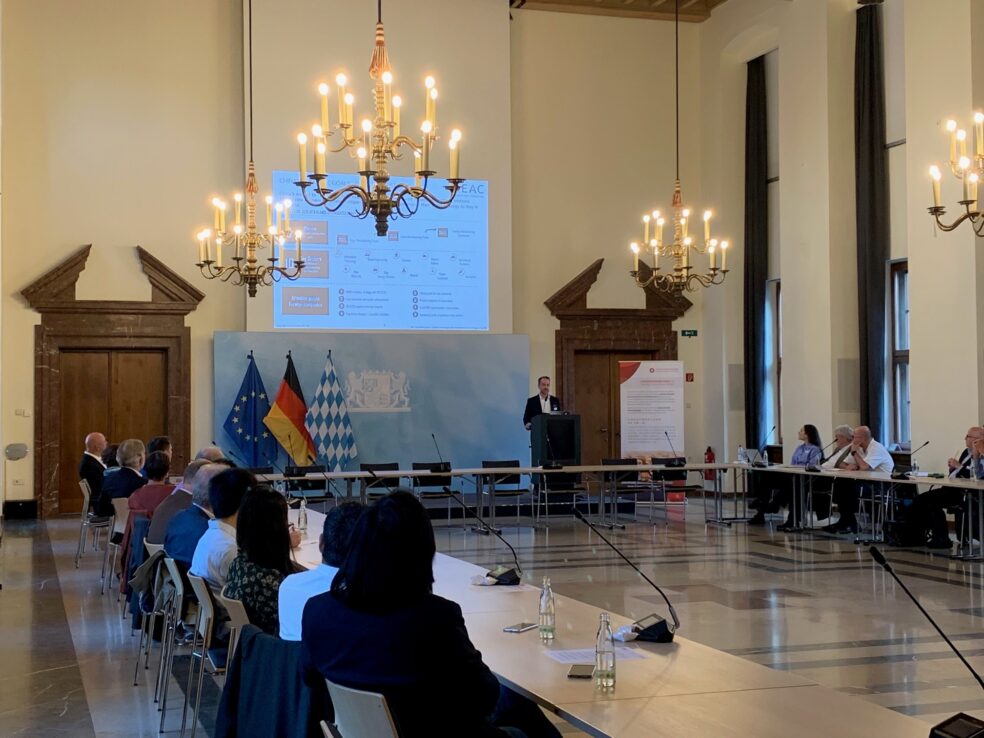India & ASEAN – Investment DestinationToday I had the honor to share my views on India and ASEAN as important investment destinations for foreign and especially Swiss investments. Swiss Foreign Direct Investment (FDI) into ASEAN accounted for > 6bn USD last year making it one of the most important destinations for the Swiss Confederation. Additionally, more than 350 Swiss companies are invested in India of which 50% have substantial manufacturing facilities. With a Trade and Economic Partnership Agreement (TEPA) on the horizon, the momentum for Swiss-Indian investments is thriving. Thanks to the Geneva Chamber of Commerce, Industry and Services (CCIG) – for organizing …
Agricultural Mechanization (beyond tractors) – focusing on the Indian Agri-Machinery Industry
Agricultural Mechanization (beyond tractors) – focusing on the Indian Agri-Machinery IndustryIndia, with its vast and diverse agricultural practices, plays a pivotal role in global food production. It is the second-largest producer of rice, wheat, sugarcane, cotton, and groundnuts, as well as the second-largest fruit and vegetable producer. The farm equipment industry, a cornerstone of this sector, which was traditionally dominated by tractors, is undergoing a transformative phase fueled by technological advancements, localization efforts, policy shifts, and changing consumer preferences.EAC has observed key trends shaping today’s Indian agri-machinery industry. The key trends are: Small agri-machinery segment transitioning towards localisation: The small …
Electrifying India: Accelerating the Passenger Electric Vehicle Revolution
Electrifying India: Accelerating the Passenger Electric Vehicle RevolutionBy 2030, India will emerge as the 2nd largest manufacturer of passenger electric vehicles in APAC region following China with a surge of +74% in the vehicle production volume.India is currently amongst the prominent hubs for automotive manufacturing across globe, however, the Indian EV industry is still in its early stages of development and is expected to exhibit significant growth over the next decade. By 2030, India will emerge as the 2nd largest manufacturer of passenger electric vehicles in APAC region following China with a surge of +74% in the vehicle production volume. …
Seizing the EV Lithium Battery Market
Seizing the Opportunities on the EV Lithium Battery MarketElectrification of transportation has also witnessed fierce competition within the lithium battery sector, requiring industry players to act proactively and position themselves strategically to capture a significant share of this burgeoning market.The shift to e-mobility is picking up speed quickly, and disruption to traditional automotive industry is taking place stronger and sooner than previously expected. To be prepared of the trend it involves strategic planning and actions aimed at capitalizing on the growing electric vehicle market. Get insights from EAC’s investigation on how to position your business to thrive in the global …
Indian Chemical Distribution Sector: Imminent Growth Opportunity
Indian Chemical Distribution Sector: Imminent Growth OpportunityThe fast-growing Indian chemical industry, projected to reach 288 bln EUR by 2025 (163 bln EUR in 2019), boasts the presence of both international leaders and local champions. The industry is experiencing rapid growth in both domestic and export trade. To keep pace with increasing demand while ensuring cost-efficient operations, it requires a specialized, safer, more innovative, and flexible transport system for faster and more efficient transportation. Chemical distribution – Overview The Indian chemical distribution sector is primarily driven by the growth of the chemical industry and government initiatives that promote local manufacturing. It …
China’s New 24 Points Policy
China’s Vow to Attract Foreign InvestmentChina’s New 24 Points Policy: Opinions of the State Council on Further Optimizing the Foreign Investment Environment and Increasing the Attractiveness for Foreign Investment.Chinese government has re-emphasized its propositions to further optimize the foreign investment environment and increase the attractiveness for foreign investment: Establish a more favorable investment climate for foreign investors Re-bolster foreign enterprises’ confidence in investing in China. In our teaser we explain what the 24 individual directives mean and what opportunities they present for you. You would like to discuss the 24 Point Policy? Then contact our expert & partner, John Deng.Download …
Production Linked Incentives (PLI) of India – Reviewing the Impact
Production Linked Incentives (PLI) of India – Reviewing the ImpactThe Indian government’s Production Linked Incentive (PLI) scheme is a performance-based incentive scheme. It rewards companies for increasing domestic sales of their manufactured goods. The overall aim of the scheme is to strengthen the manu-facturing sector and reduce dependence on imports. Its objectives include promoting the „Make in India“ initiative, attracting foreign manufacturers to set up production in India, and motivating domestic manufacturers to expand production and exports.Launched in March 2020, the PLI scheme initially targeted sectors heavily dependent on imports, such as mobile manufacturing, electrical components, critical pharmaceutical materials and …
EAC-Partner Uwe Haizmann im Podcast „The Future of Supply Chain“
EAC-Partner Uwe Haizmann im Podcast „The Future of Supply Chain“In dieser Podcast-Episode spricht unser Partner Uwe Haizmann mit der Moderatorin Sin To über die Herausforderungen der Lieferkette und mögliche Lösungen im Hinblick auf die bevorstehende „Golden Week“ in China.Außerdem werfen sie einen genaueren Blick auf China und seine Strategie zum Aufbau einer widerstandsfähigeren Lieferkette sowie auf die Nachhaltigkeit. Uwe Haizmann geht davon aus, dass die Zukunft der Lieferkette regionaler aussehen wird. Er ist der Meinung, dass wir in einen Bereich der De-Globalisierung eingetreten sind, der auf Dauer Bestand haben wird. Es wird daher mehrere Cluster rund um den Globus geben, …
EAC Partner Uwe Haizmann on the Podcast „The Future of Supply Chain“
EAC Partner Uwe Haizmann on the Podcast „The Future of Supply Chain“ In this podcast episode our partner, Uwe Haizmann, talks about supply chain challenges and possible solutions regarding the upcoming China’s Golden Week with the host Sin To.They also take a closer look on China and its strategy to build a more resilient supply chain as well as sustainability. Uwe Haizmann assumes that the future of supply chain will look more regional. He thinks, that we entered an area of de-globalization which is here to stay and that there will be more clusters around the globe. So there are …
„De-Risking China“ vom Chinaforum Bayern e.V.
De-Risking China – Risiken im Chinageschäft erkennen und reduzierenIm Juli veröffentlichte die deutsche Bundesregierung erstmals eine umfassende China-Strategie. Darin betont diese zwar, dass die Zusammenarbeit mit China wichtig sei und bleibe. Gleichzeitig fordert sie jedoch die deutsche Wirtschaft dazu auf, ihre Abhängigkeiten von der Volksrepublik zu reduzieren und das volkswirtschaftliche und gesellschaftliche Interesse in den Mittelpunkt ihres Handelns zu stellen. Was bedeutet das für deutsche Unternehmen?Am 14. September fand die vom Chinaforum Bayern e.V. organisierte Veranstaltung „De-Risking China – Risiken im Chinageschäft erkennen und reduzieren“ statt. Uwe Haizmann, Partner von EAC – International Consulting, beleuchtete in den schönen Räumen des …
„De-Risking China“ by the Chinaforum Bayern e.V.
De-Risking China – Identifying and Reducing Risks in Business with ChinaIn July, the German government published its first comprehensive China strategy. In this paper, the government emphasizes that cooperation with China is and will remain important. At the same time, however, it calls on the German economy to reduce its dependence on the People’s Republic and to place the national economic and social interest at the center of its actions. What does this mean for German companies?On 14 September, the event „De-Risking China – Identifying and Reducing Risks in Business with China“ organised by Chinaforum Bayern e.V. took place. Uwe Haizmann, …
Cost Benchmarking Against Competition – Success Factors and Pitfalls
Cost Benchmarking Against Competition – Success Factors And PitfallsCompanies from the developed world that have traditionally enjoyed a monopoly in their home markets at certain price points are finding it difficult to compete when they start to expand their existing portfolio into other markets, particularly in the developing world.A foreign market and dwindling sales – the need for cost benchmarking The problem seems to be even more pronounced for family-owned companies, which have built a legacy on the claim that their technology and processes are better than anyone else’s, and this ideology is ingrained in the mindset of every employee. …









